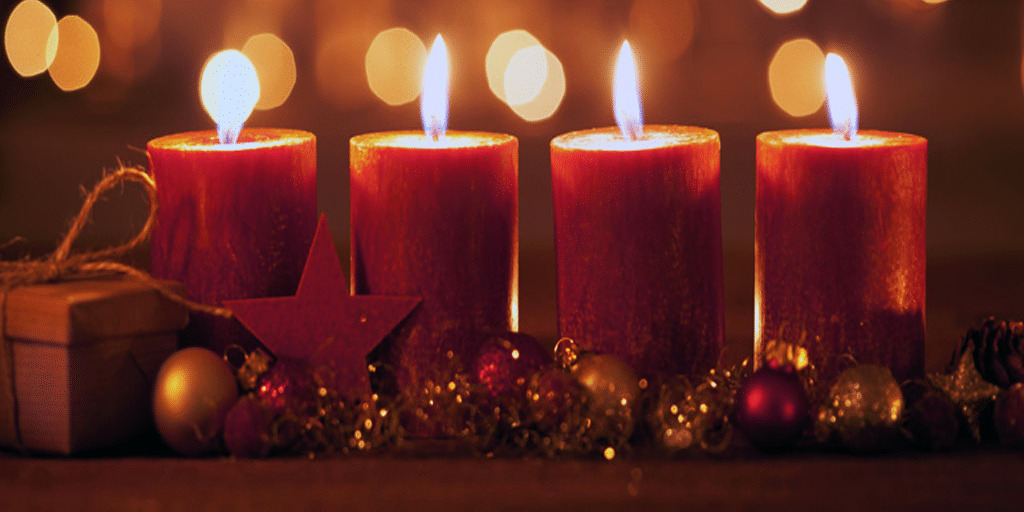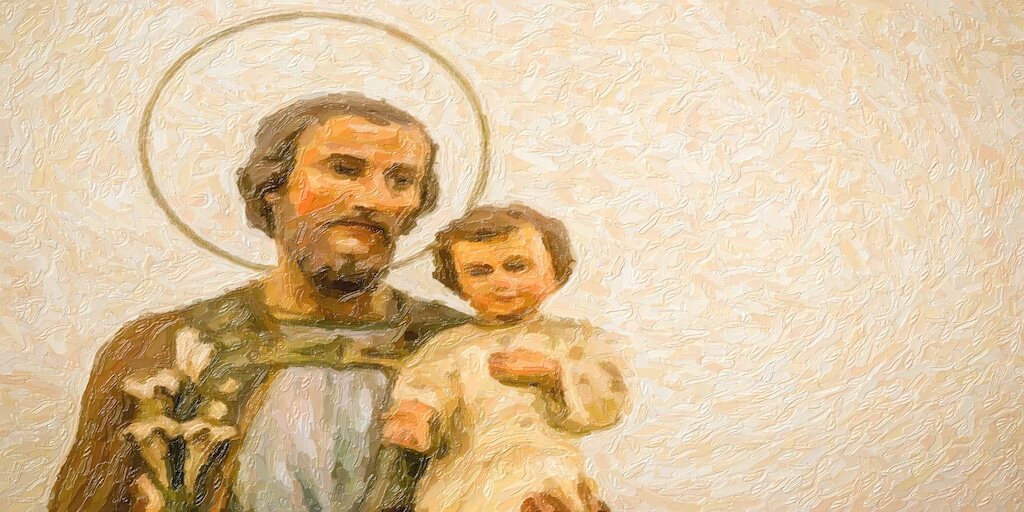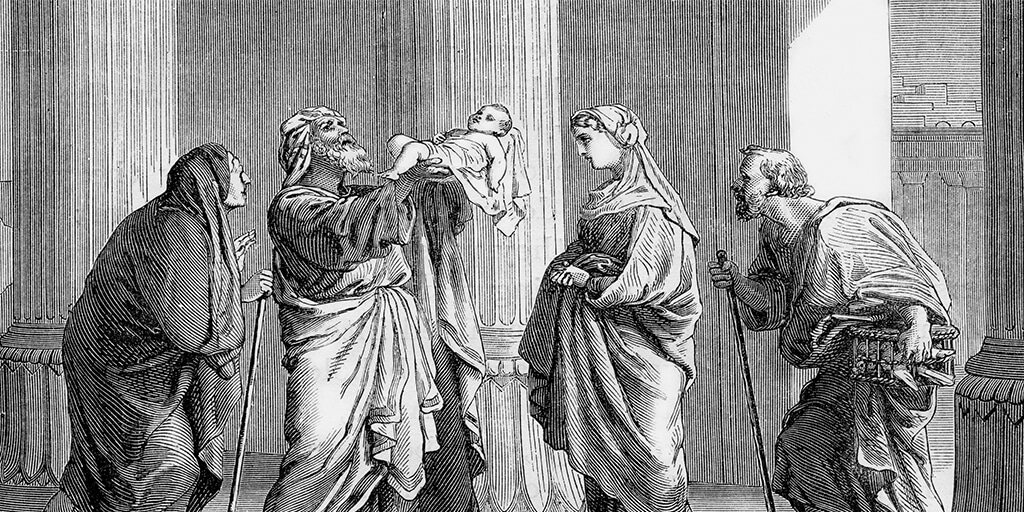What Is Advent?
Advent began last Sunday to mark the beginning of the Christmas season. What is Advent? Why do many Christians celebrate this period of time?
Advent (a Latin word meaning “coming”) has existed in the Christian church since at least the fifth century to mark the beginning of the liturgical year. It begins the fourth Sunday before Christmas, marking four weeks of distinct themes related to aspects of Christ’s birth.
Specific to the Advent tradition is the Advent wreath featuring four candles, often including a fifth white candle in the center. In the Roman Catholic tradition, the four main candles include three violet or purple candles (symbolizing penance) and a rose candle for the third Sunday to represent Gaudete Sunday (meaning “to rejoice” in Latin). Protestant churches often use four red candles as a color associated with Christmas (especially in the United Kingdom) along with a white center candle that is lit at either a Christmas Eve or Christmas Day service. The white candle represents the birth of Christ and His coming or “Advent” to earth. Many add that it represents Jesus as the light of the world. In many Protestant traditions, the four wreath candles symbolize hope, peace, love, and joy.
Catholic, Orthodox, and other traditions include lectionary readings for each day of Advent and each Sunday during Advent. Protestants often use the following readings:
- First Sunday of Advent: Annunciation to Zachariah (Luke 1:5-25).
- Second Sunday of Advent: Annunciation to Mary (Luke 1:26-38).
- Third Sunday of Advent: Mary's visit to Elizabeth; The Birth of John the Baptist (Luke 1:39-66).
- Fourth Sunday of Advent: Zachariah's prophecy (Luke 1:67-80).
- Christmas Eve of Christmas Day: The birth of our Lord Jesus Christ (Luke 2:1-20).
Because of certain concerns with Roman Catholic traditions, some Christians wonder if it is okay to practice Advent. Two issues should be addressed. First, Advent is based on biblical events, but is an extra-biblical tradition. In other words, it is not a sinful practice, but is also never mentioned in Scripture. Therefore, Christians are not commanded to practice or participate in Advent.
Second, Advent can be used to focus the hearts of God’s people on the true meaning of Christmas. For those individuals, families, or congregations who choose to do so, the time of reflection and Scripture reading involved with Advent can provide a proper perspective on why Christians celebrate the birth of Christ. Regardless of whether or not you celebrate Advent, the birth of Christ is a monumental event for every believer. Take some time this holiday season to remember the coming of our Lord and His love that was so great that He came to live among us.
Go Deeper
.jpeg)
Dr. Dillon Burroughs
Dillon Burroughs has earned degrees from Indiana State University (BA) and Dallas Theological Seminary (ThM). He has written several books including Comparing Christianity with World Religions and Comparing Christianity with the Cults. His writings have also appeared in The New York Times and the Washington Post.





Leave a comment